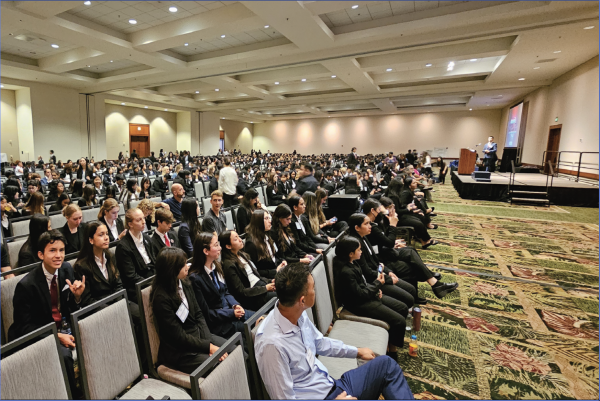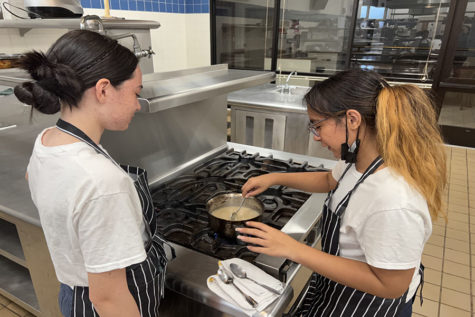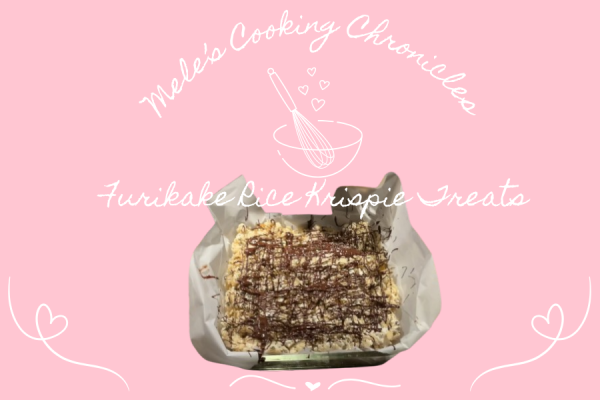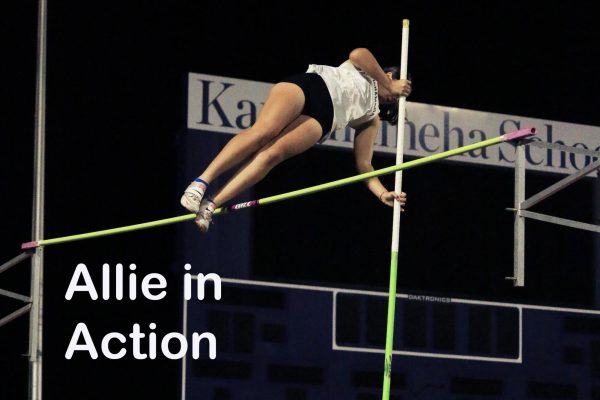Juniors’ artwork selected for Mālama Wao Akua 2017

Photo by courtesy of Ms. Guntzel
Four juniors got their ceramics pieces accepted into Mālama Wao 2017. Mahie Baricuatro created a silversword pinch pot.
Juniors Kamāhie Baricuatro, Cy Ornellas, Ty Tauʻa, and Taylor Watanabe had their artwork showcased for the opening of the Mālama Wao Akua 2017 exhibition held Friday, Sept. 15 at the Hui Noʻeau Visual Arts Center.
Mālama Wao Akua or “realm of the gods” is an art exhibition by the Hui Noʻeau, in collaboration with East Maui Watershed, that celebrates and encourages protection for native species of Maui, Lānaʻi, Molokaʻi, and Kahoʻolawe. The opening was very crowded.
Some of the criteria used to select the artworks were concept, creativity, presentation, technique, and professionalism.
“I am thrilled for them. It’s a real honor to display your work alongside professional artists as well as students from other schools. It’s not an easy exhibition to get into. The entry date is so close to the beginning of the school year, plus it is juried by a professional artist and a biologist who is an expert in Hawaiian native species,” said ceramics teacher Ms. Lori Guntzel.
There were nine students who submitted entries for the exhibition, but only these four juniors were accepted.
“When I found out that my ceramics piece was accepted into Mālama Wao Akua, I couldn’t believe it. I knew that this exhibit was a big deal and I felt proud to be able to represent our school,” junior Taylor Watanabe said.
Baricuatro created a pinch pot of a silversword, also known as ʻāhinahina in Hawaiian. On Maui, these plants can be found at Haleakalā and they are endangered, primarily from climate change.
Cy Ornellas made a tile of palapalai or microlepia strigosa. These plants are often used as an adornment for hula.
Ty Tauʻa sculpted a pinch pot of hāʻukeʻuke or helmet urchin. These creatures use their spines to hold onto hard surfaces through rough currents.
Taylor Watanabe formed a pinch pot of a kiwikiu, also known as the Maui parrotbill. These birds can live up to 16 years, and they used to be prevalent on Maui and Molokaʻi.
“If we don’t protect our native species, they are all going to die off, and the natural beauty of Hawaiʻi will be gone and dead. This means our future generations would not be able to enjoy the native plants or learn the uses and cultural functions that they all are used for,” junior Kamāhie Baricuatro said.
Although a few awards were given out, none of the Kamehameha Maui entries received one, but it was an honor to have their artwork included in this exclusive event.
Did you miss it? It’s not too late to go check it out! The exhibit will be open until Nov. 7 for public viewing.









